Cars aren’t just metal boxes on wheels. The ones that stand out are either engineering marvels that make you go, “Damn, that’s clever,” or total messes that make you wonder what the design team was smoking.
Some automakers nail the balance of performance, comfort, efficiency, and safety—these are the smart ones. Others? They miss the mark entirely, giving us cars that are either unreliable, awkwardly designed, or just plain dumb.
We’re not talking about subjective stuff like whether you like the headlights. We’re diving into smart engineering—cars that were built with real thought put into their design, whether that’s how easily they’re maintained, how they perform, or how they make your life easier.
And on the flip side, we’re calling out the ones that feel like they were made just to tick boxes or hit a price point, with zero thought given to real-world use.
So, buckle up. Here’s a look at five cars that make engineers look like geniuses—and five that make you wonder if they got their degree from YouTube.
5 Cars With Smart Engineering
1. Toyota Prius (2nd Gen)
Okay, let’s be real. The second-gen Prius isn’t going to win a beauty contest. But under that funky shape is some seriously smart engineering.
Toyota nailed hybrid tech with this one—it was reliable, efficient, and the regenerative braking system wasn’t just a gimmick, it actually worked. The continuously variable transmission (CVT) was smooth, the battery placement didn’t kill the trunk space, and it was built like a tank.
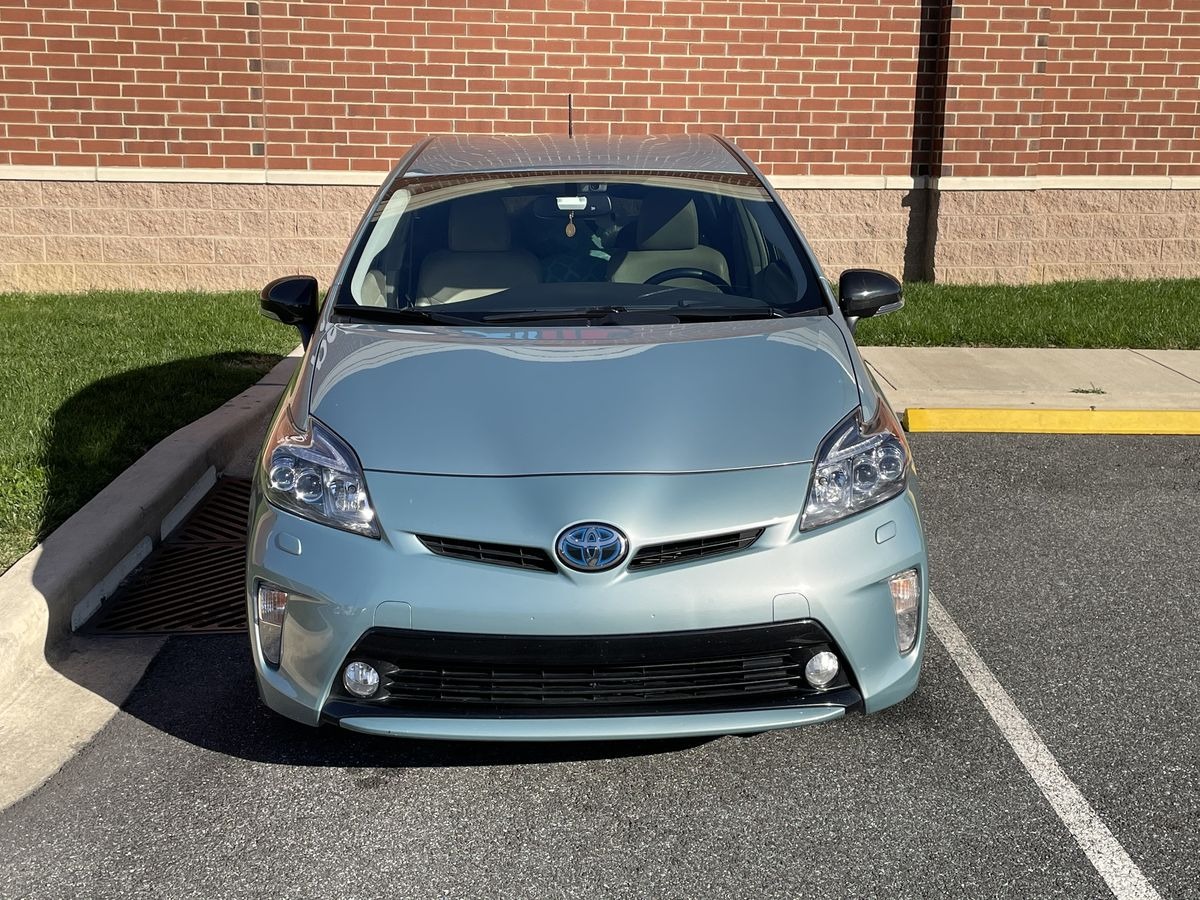
Plus, it set the standard for hybrids. A lot of what other companies are doing now started with what Toyota figured out back in the mid-2000s. Not flashy, but damn clever.
2. Honda Civic (8th Gen, 2006–2011)
This Civic didn’t try to overdo anything, which is exactly why it worked. It had a flat floor in the back, meaning more legroom. The dashboard layout was super functional with its split-level digital display. And mechanically? Bulletproof.
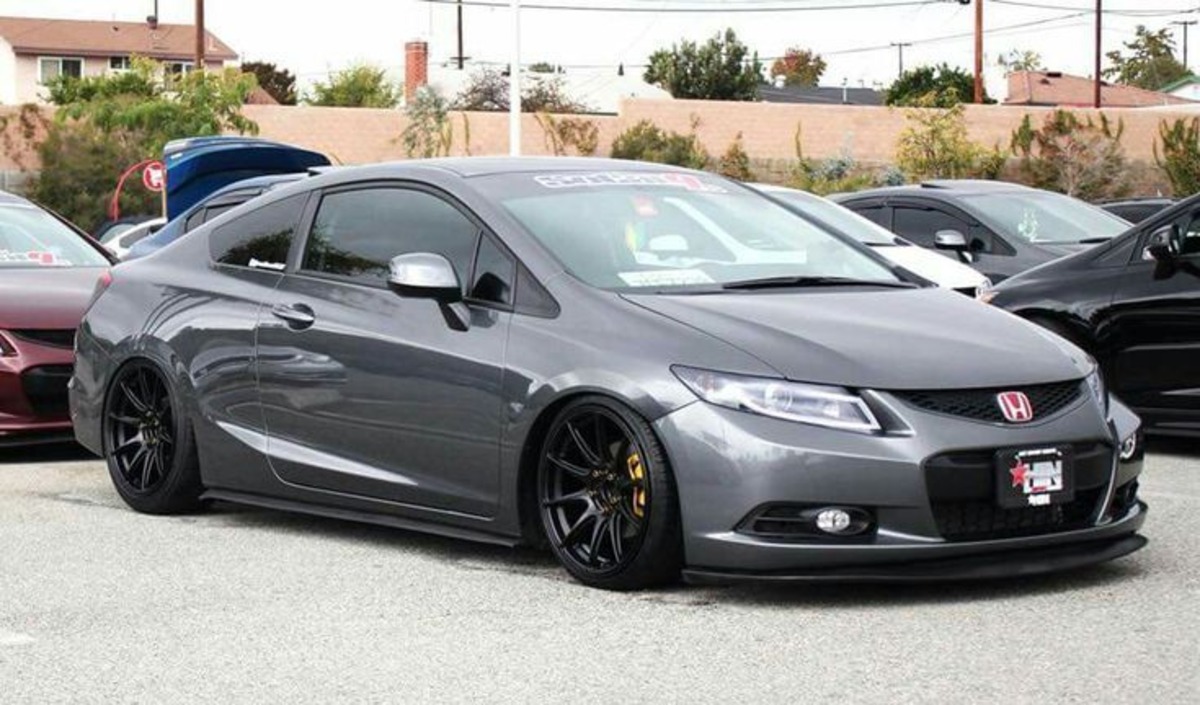
It had just the right mix of technology and simplicity. Suspension? Solid. Engine? Reliable. Fuel economy? Surprisingly good for a non-hybrid. It was just smart, well-rounded engineering. Nothing wasted.
Also, it was super easy to work on. Mechanics love these things because they’re designed with real-world servicing in mind. Smart, all around.
3. Mazda MX-5 Miata (Any Gen)
Let’s be honest—Mazda did something magical with the Miata. It’s light, perfectly balanced, and doesn’t try to be more than what it is: a fun-to-drive, simple, rear-wheel-drive roadster.
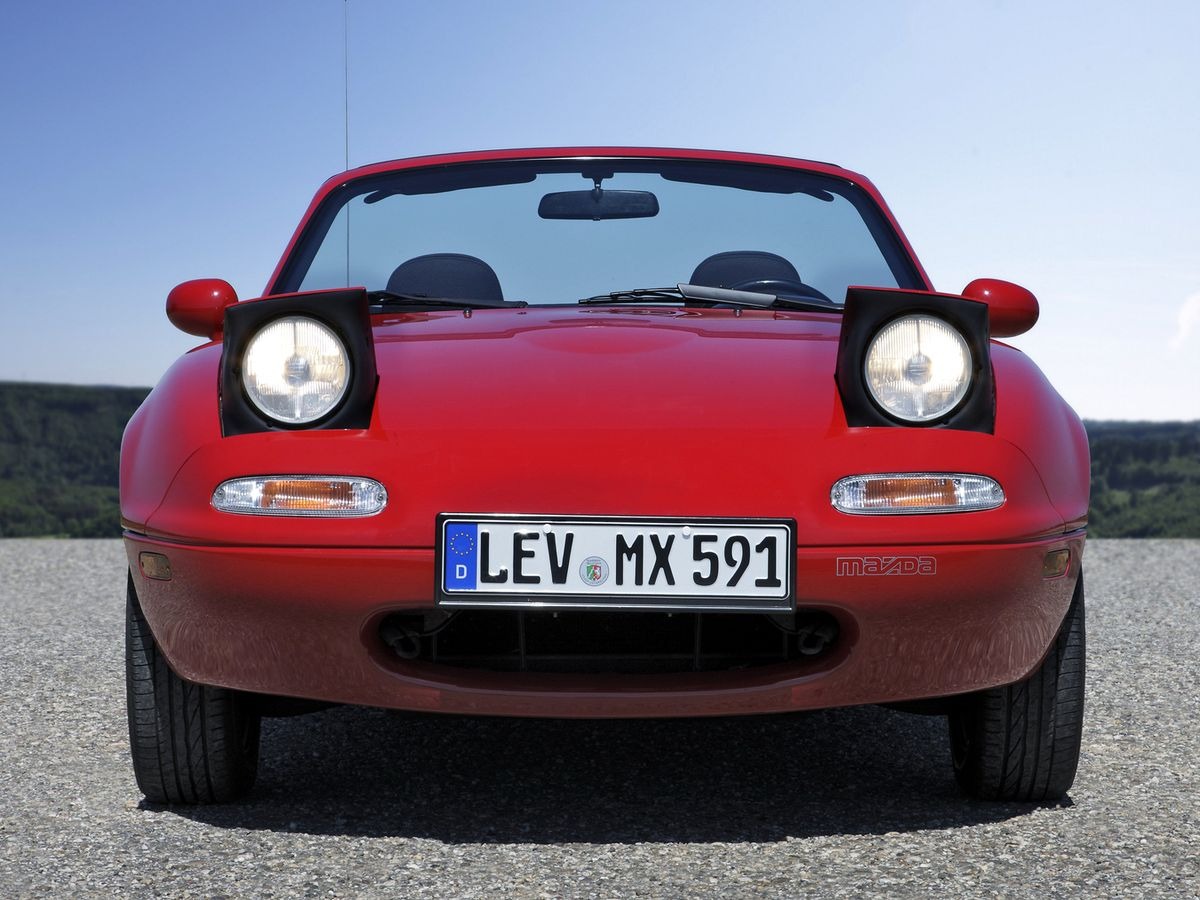
It’s like an engineer’s love letter to driving. The layout is classic, the parts are reliable, and the way it handles? Pure joy.
The Miata sticks to the philosophy of “less is more.” No unnecessary tech bloat, no fake vents. Just smart, lightweight engineering and an understanding of what makes a car fun. You don’t need 600 horsepower when 130 and a perfect chassis will do.
4. Tesla Model S (Early Models)
Tesla gets a lot of hate for build quality—and some of it is earned—but early Model S models were a breakthrough in EV design. Instead of retrofitting an electric drivetrain into a gas car body, Tesla started from scratch.
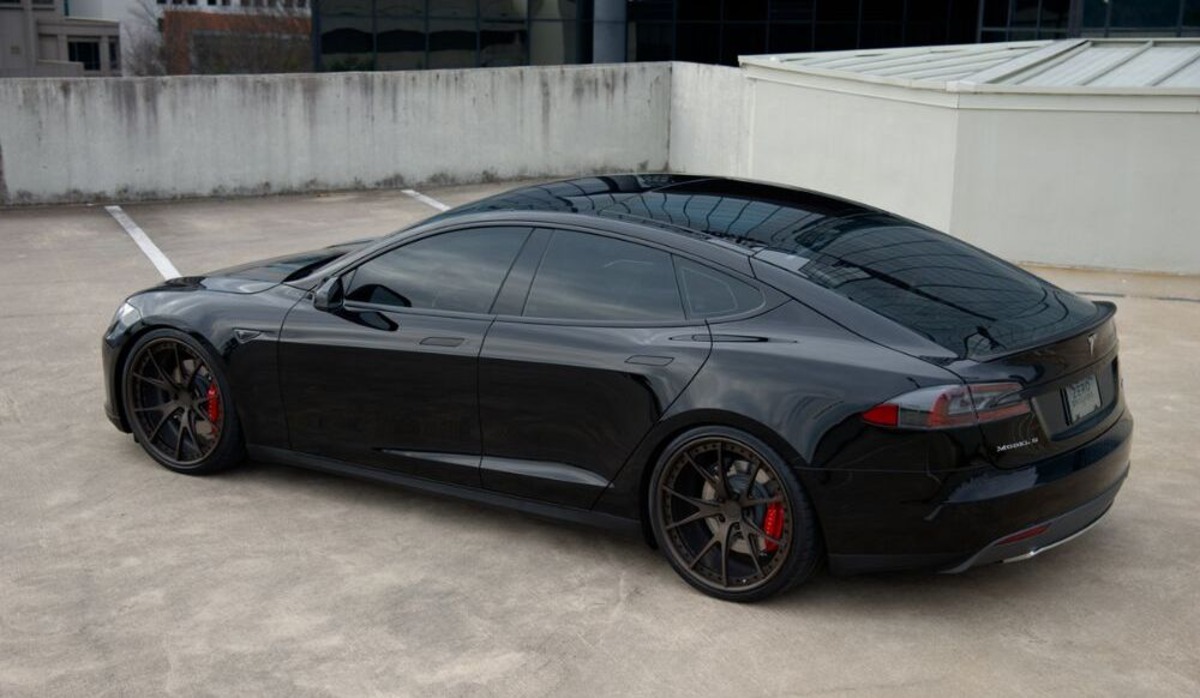
The result? A car with a low center of gravity (thanks to the battery pack), tons of torque, and insane acceleration. The frunk (front trunk) added more storage, and the software-based updates were revolutionary.
It redefined what people expected from EVs. Say what you will about Elon, but the engineering team brought real innovation here.
5. Mercedes-Benz E-Class (W124)
This car was so over-engineered that it kind of became a meme in car circles. Built from the mid-1980s to the mid-90s, the W124 was designed to last forever.
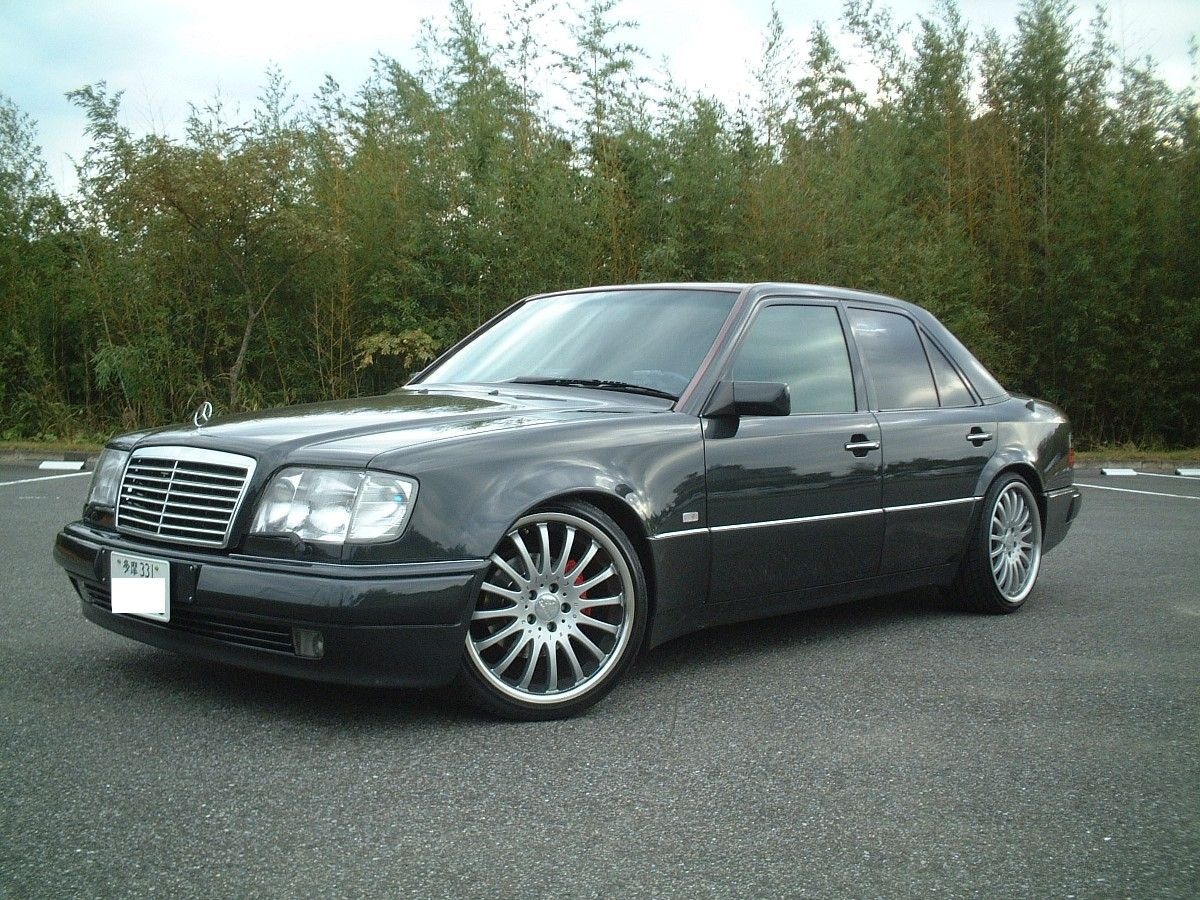
Every component was built to a ridiculous standard. It had features ahead of its time: self-leveling suspension, double-paned windows (in some variants), and impeccable chassis dynamics.
The W124 was one of those cars where you could feel the engineering pride in every click of the switch. It’s not flashy, but it’s brilliant underneath.
5 Cars That Were Designed Poorly
1. Pontiac Aztek
You knew this one was coming. The Aztek was a Frankenstein of design decisions that never should’ve made it past the sketchpad.

It tried to be everything—a crossover, a camper, a utility vehicle—but ended up being a mess. The proportions were weird, the rear end looked like a mistake, and the interior flelt cheap.
But the real failure? Nobody stopped it. Somewhere between idea and production, no one said, “Guys, this looks awful.” That’s poor design management. Just because something can be done doesn’t mean it should be.
2. Chrysler Sebring Convertible (Mid-2000s)
This thing looked like it was designed in a rush. The lines were awkward, the handling was sloppy, and the interior screamed “budget rental.” Convertibles are supposed to feel fun and a little luxurious—not like you’re driving a melted plastic toy.
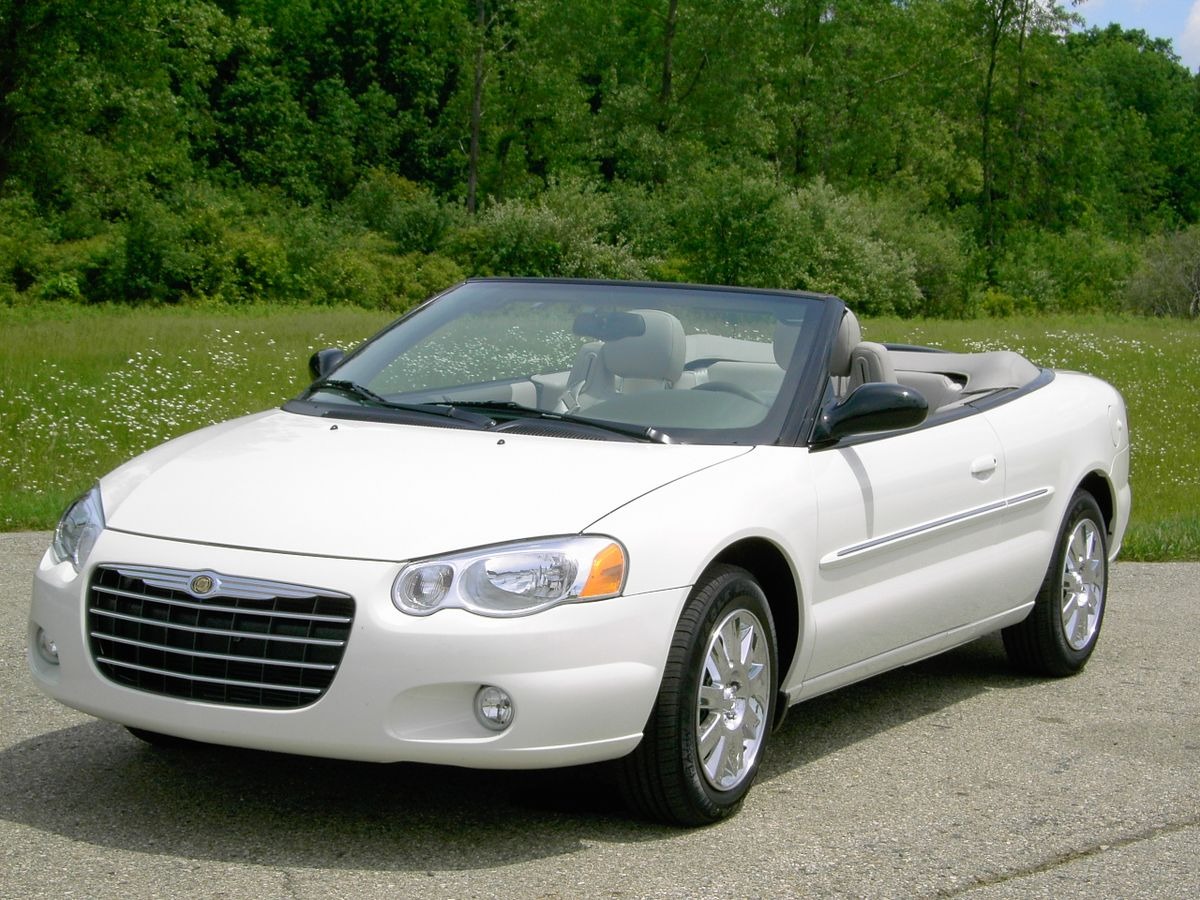
Even worse, the roof mechanisms often failed, and the build quality was trash. The engineering wasn’t just bad—it felt lazy. You didn’t get performance, reliability, or looks. So, what was the point?
3. Fiat Multipla
Italy has given us gorgeous cars. The Fiat Multipla is not one of them. This thing looked like a frog that lost a fight. The double-stacked headlights were bizarre, and the overall silhouette made people laugh more than anything.
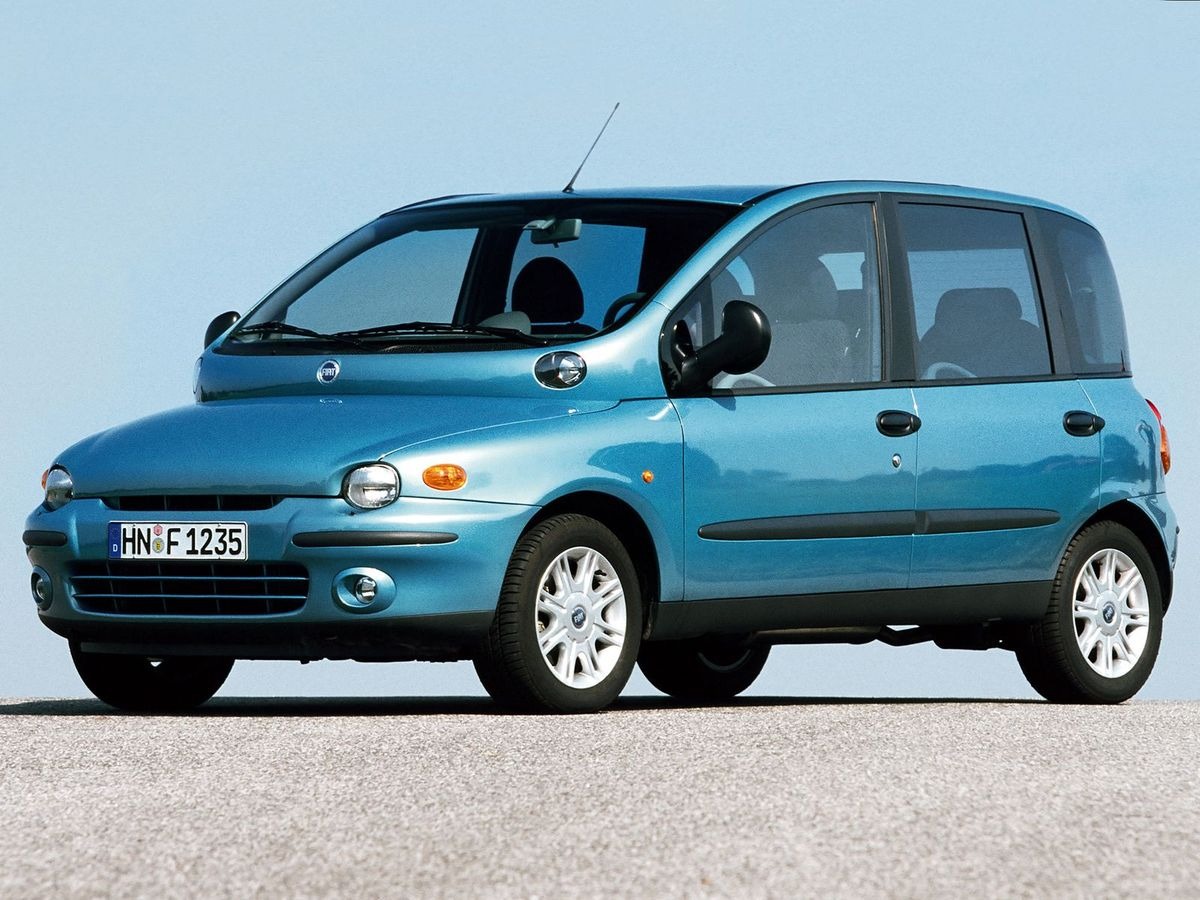
But beyond looks, the driving experience was also meh. The cabin layout was practical, yes—but who cares when you can’t even look at it without cringing? It’s one of those cars where “function over form” went a little too far. A car can’t just be practical; it also has to feel good to use. This didn’t.
4. Hummer H2
Look, the H2 is all bark, no bite. It looked like a military tank and guzzled gas like one, too—but it wasn’t built for real off-road toughness. It was based on a GM truck platform, not a real heavy-duty off-roader.

So it ended up being this clumsy, overweight poser that couldn’t do much besides make a scene.
It also had terrible visibility, cramped interiors for something so massive, and just… wasted space everywhere. Big car, small brain. That’s what the H2 was.
5. Smart ForTwo (First Gen)
The idea behind the Smart car was clever—super compact, easy to park, city-friendly. But the execution? Brutal. The transmission was jerky, the ride quality was terrible, and you were constantly aware that you were driving something closer to a toaster than a car.

It was underpowered and weirdly top-heavy. And the gas mileage wasn’t even that impressive considering the size. If you’re sacrificing everything else—comfort, safety, and speed—you expect insane efficiency. This didn’t deliver. Cool idea, poor engineering follow-through.
Great engineering doesn’t need to be flashy—it needs to be thoughtful, efficient, and practical. Cars like the Prius, Civic, and Miata prove that smart design can stand the test of time.
On the flip side, cars like the Aztek and Hummer H2 remind us that trying too hard—or not trying hard enough—can backfire big time.
Whether it’s a matter of aesthetics, functionality, or just plain common sense, the smartest cars are the ones built with users in mind. And the worst? Well, they just end up on lists like this.

